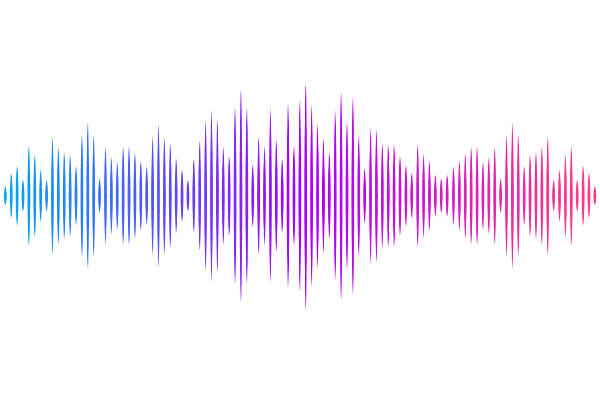Changes in biophysical characteristics of YghA from E. coli due to variation in pH

Changes in biophysical characteristics of YghA from E. coli due to variation in pH
Hasan, N.; Jilani, S. B.; Saeed, S.; Stoner, M. R.; Yazdani, S. S.; Choi, Y.; Khan, R. H.
AbstractYghA from E. coli has been reported to be involved in conferring tolerance against furan aldehyde inhibitors which are commonly generated in thermo-acidic pretreatment of lignocellulosic biomass. In this study we report the biophysical characterization of YghA from E. coli as a function of variation in pH. Fluorescence intensity of YghA increased by 2.5 fold in acidic pH as compared to circumneutral pH. In presence of the hydrophilic 8-anilinonaphthalene1sulfonic acid (ANS) dye, a 68 79.4 fold increase in fluorescence intensity at acidic pH was observed as compared to circumneutral pH, while at basic pH the increase was only 1 to 2fold. Secondary structure analysis by circular dichroism signal at 222 and 208 nm suggests that the secondary structure of YghA is primarily composed of alpha-helix at pH 7 and the secondary structure is abruptly lost at pH 3 and lower. In agreement with these observations, MD simulations predicted greater structural variations at low pH when compared to neutral or high pH. Interface energy calculations using computational docking protocols suggested that YghA forms relatively more stable complex with NADH. The in silico pulling assay results also show that NADH is more preferred compared to NADPH. Molecular dynamics simulations also indicate that YghA is structurally unstable at acidic pH with significant variations in the root mean square deviation values of the tetramer backbone. Residues GLU 84 at pH 7 together with PRO 24 and LEU 236 at pH 1 were identified as flexible residues and are promising target for future mutagenesis studies targeted towards improving structural stability of YghA.